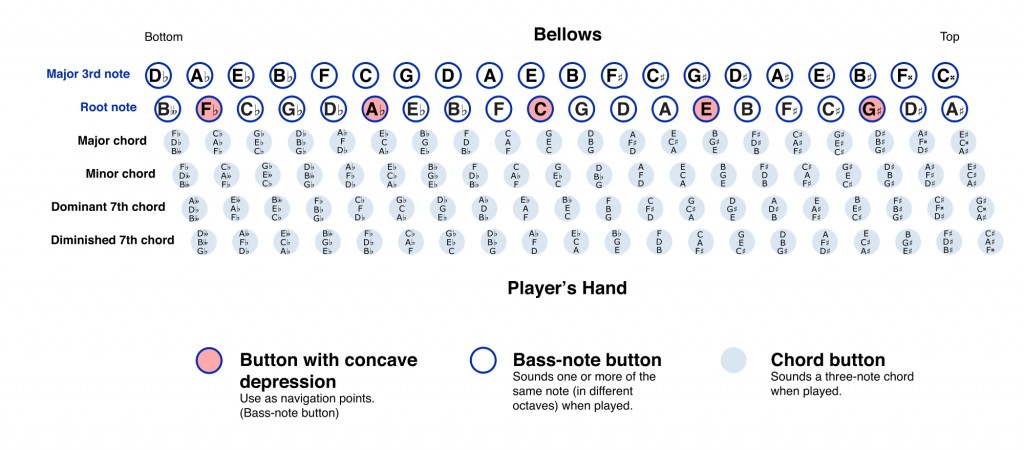

Note, if you are making further updates to your Excel data source, you can just close the Tableau workbook and re-run the Prep flow to overwrite the hyper file. Hopefully, you now have a working chord diagram! The below video walks through the above steps

Creating chord charts with tabledit 2.78 how to#
The below steps walk through how to use these three files to create a new chord diagram by: One requirement is that cell A1 in the top left of your spreadsheet should contain the text “Dimension” as that is referenced throughout the Prep workflow.

You could use your own file that has a similar matrix structure. I reduced the number of countries included to only those within the EU as of 2017 to give a suitable number of nodes to represent in the chord diagram. This file is a cut down version of a larger bilateral migration file from The World Bank ( source). Click the grid icon in the lower right to access this. There is also a grid view of the data, so you can look up individual values if needed. The bottom bar chart shows values for each ‘to’ dimension filtered to the selected ‘from’ dimension, such that values for all bars in the bottom bar chart will add up to the value of the selected bar in the top bar chart. The top bar chart shows total values for each ‘from’ dimension. I’ve added some bar charts to accompany the chord diagram to allow easy visibility of exact values and also to act as a means of selecting the dimension value to highlight in the chord diagram, which you can do by clicking on one of the bars in the top bar chart:
Creating chord charts with tabledit 2.78 trial#
If you don’t have Tableau Prep you can download a 14 day trial version here.įor details of each step, it will be easier to look at the flow itself within Tableau Prep so you can see the calculations and join conditions etc., however, below is a high level summary of what the workflow is doing. Template Filesĭownload the following three files to follow along.

I have just made some formatting changes and simplification of the final version as mentioned earlier and added accompanying bar charts to the workbook. Note – all credit to Luke Stanke for the trigonometry and other calculations for the chord diagram in the workbook template. This blog will walk through how to use the Tableau Prep flow and a Tableau Desktop template workbook to create a chord diagram of immigration flows between countries within the EU using the latest data I could find from the World Bank (2017 numbers). I thought a template Prep workflow that you could feed a matrix of data into, as an Excel sheet, and it outputs a Tableau data source to use with template workbook would be a helpful resource, so I modified the Prep flow to be more generic and added comments and instructions in the flow. Below is the final chord diagram I used: Creating a Chord Diagram Template I decided to replicate the data preparation steps in Tableau Prep and, in the build process, ended up modifying the workbook template by removing the outer bars and adjusting a few calculations to make the chord lines start thicker and become thinner as they reached their destination. A quick google search turned up this excellent tutorial blog post by Luke Stanke where he prepares data using R and provides a chord diagram Tableau workbook template file. Chord diagrams visually represent, in a circular form, the inter-relationships between entities in a matrix, with curved connecting lines between entities.įor a recent visualisation I was showing the flow of remittances between world regions and I thought this was a good use case for a chord diagram.


 0 kommentar(er)
0 kommentar(er)
